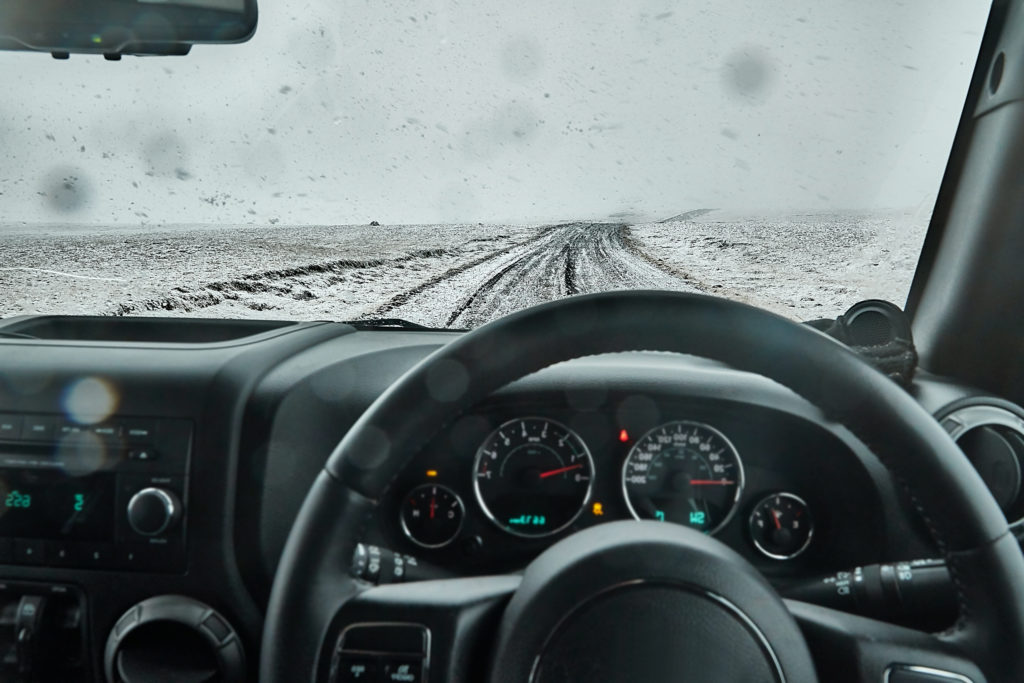There are many dangers to driving in winter, and a misted windscreen might be the most overlooked hazard of all. After all, things like ice, snow, wind and rain become much harder to handle when you can’t even see out of your windscreen in the first place!
In this post, we’ll share the fastest and safest way to demist your windscreen, while explaining just what might make your windscreen mist-up in the first place.

Why Does My Windscreen Mist Up?
So why does your windscreen mist-up, and why does it happen more often in the winter, and when it’s raining? It’s all to do with the inside temperature of your car. When it’s cold outside, it’ll be cold in your car too – at least until you turn on the engine and the heating.
No matter how cold you feel yourself, your body will be warmer than the air inside your car. And when you get in your car, your warm body and your warm breath will heat up the air in the cabin. This will increase the amount of water vapour in your car. And when this water vapour comes into contact with your cold windscreen, it will cool and condense, forming a mist.
Similarly, when it’s raining, there’ll be a lot more moisture in the air. So when you get into your cold, dry car from the downpour outside, the water, combined with your body heat, is going to cause your windscreen to mist-up.
How to Demist Your Windscreen in Rain and Winter
The first thing to remember is this: Always demist your windscreen before you set off! Don’t set-off until your windscreen’s completely clear! Driving with a misted-up windscreen is against the law. The penalties can be harsh: Up to 9 points on your licence and a maximum penalty of £5,000.
So don’t try and drive with a misted-up windscreen! Even if you’re in a hurry, take the time to demist your windscreen. It’s the law, and it could save your life.
To demist your windscreen:
- Turn on your heater – Don’t put it on full power on full blast immediately. Instead, start with cold air, and gradually increase the temperature. This will allow you to reach the ideal humidity level inside your car. If you can, direct your heaters at the windscreen.
- Use the air-con – Has your car got air conditioning? If so, use it at the same time at the heater. This will help keep your car’s interior air dry, so that hot air from your heater won’t have a chance to settle and condense on the windscreen.
- No air-con? Use your windows – It might seem counterproductive, but opening your windows can help reduce the amount of water vapour inside your car. Again, use your windows in conjunction with the heater – the heater can warm up the car’s interior, and your windows can help the warm air circulate. It’s all about finding the ideal humidity levels.
- Climate control – Some newer cars have elaborate climate control systems with dedicated windscreen demisting settings. Obviously, you should use these if you have them.
More Winter Driving Tips
Is your car ready for winter?
We have a detailed guide to the many things you should check to ensure you’re ready to drive through the colder months of the year. Find it here.
Car breakdowns are more likely in winter. They’re also a lot more unpleasant. So to avoid getting stranded in the cold and the dark in the event of a breakdown, consider adding RAC breakdown cover to your comprehensive car insurance.



